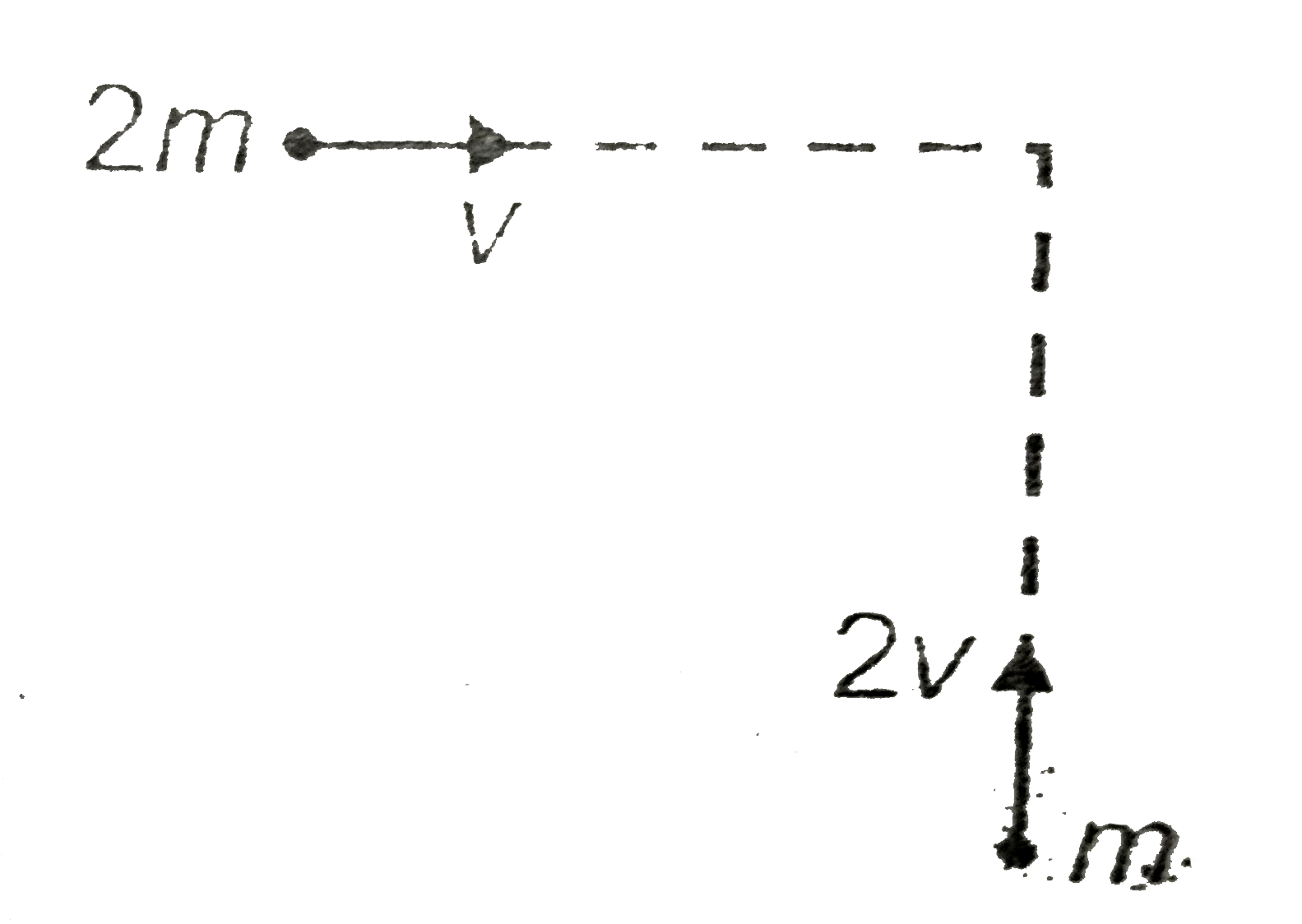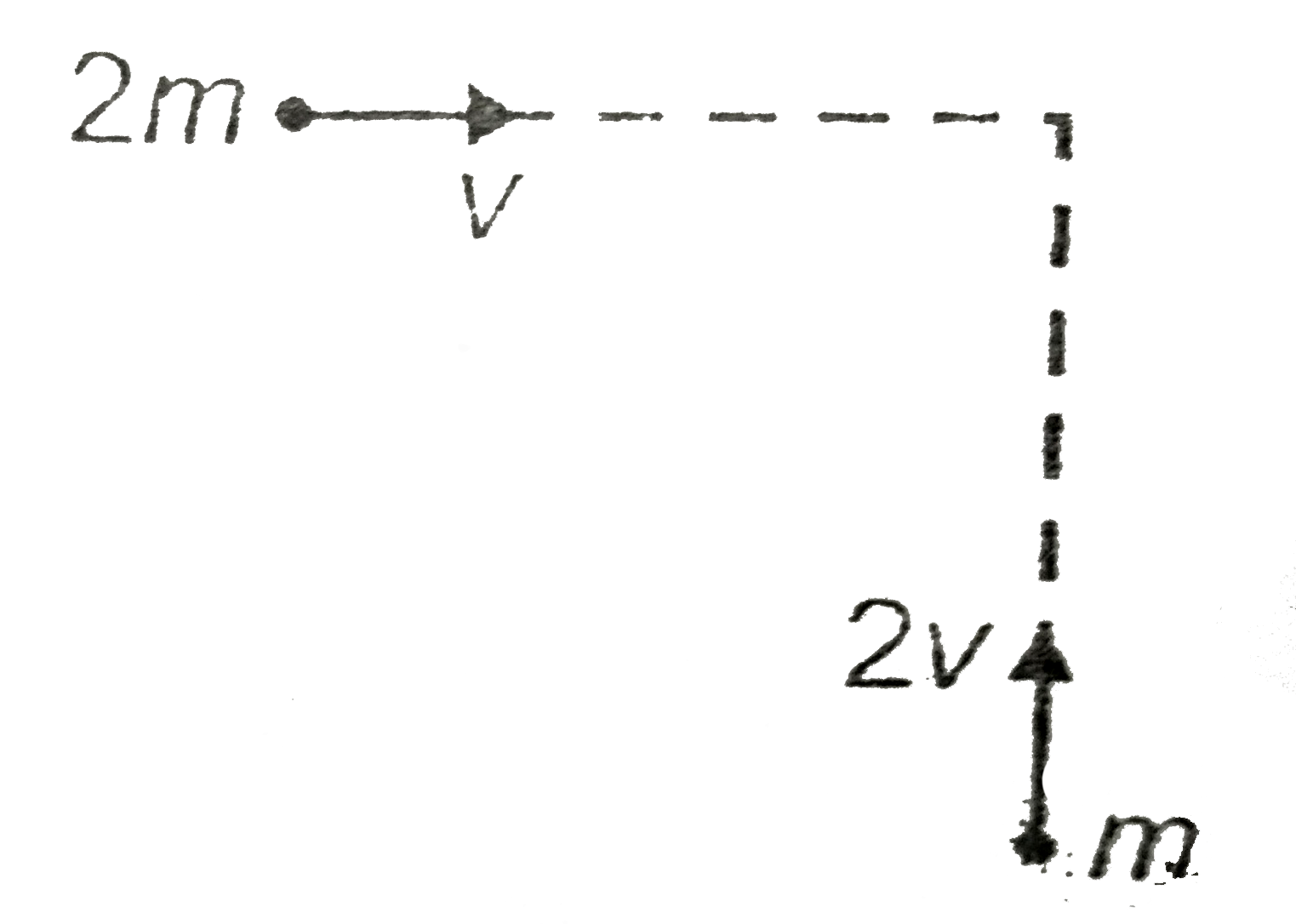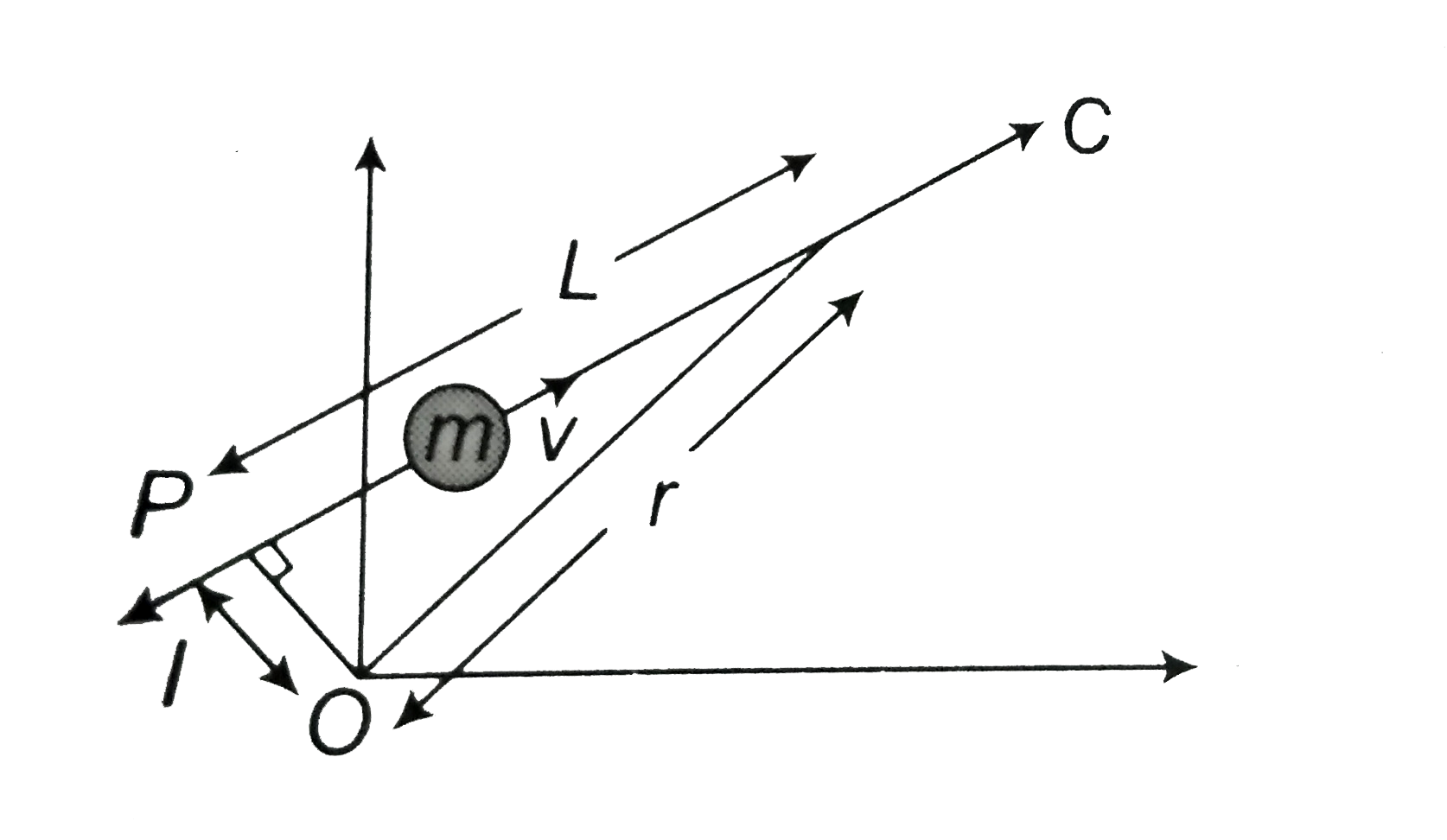Two particles of equal mass m are moving with velocities vˆi and v(ˆi+ˆj2) respectively. If the particles collide completely inelastically, then the energy lost in the process is
3mv24
2mv23
mv23
mv28
The correct Answer is:D
Step by step video solution for Two particles of equal mass m are moving with velocities vhati and v((hati+hatj)/(2)) respectively. If the particles collide completely inelastically, then the energy lost in the process is by Physics experts to help you in doubts & scoring excellent marks in Class 12 exams.
Updated on:21/07/2023Similar Questions
Two particles of mass m & 2m have velocities uˆj & uˆi respectively . They collide completely inelastically. Find the loss in kinetic energy of the system.
View SolutionTwo particles of mass m & 2m have velocities uˆj & uˆi respectively . They collide completely inelastically. Find the loss in kinetic energy of the system.
View SolutionTwo particles of mass 2m and m moving with speed v and 2v respectively pependicular to each other collides perfectly inelastically, then

Speed of the particles after collision
View SolutionTwo particles of mass 2m and m moving with speed v and 2v respectively pependicular to each other collides perfectly inelastically, then

Find the angle with the horizontal to which the particles move after collision.
View SolutionTwo particles of same mass 'm' moving with velocities →v1=vˆi,and→v2=(v2)ˆi+(v2)ˆjcollide in-elastically. Find the loss in kinetic energy
View SolutionTwo particles of same mass 'm' moving with velocities →v1=vˆi,and→v2=(v2)ˆi+(v2)ˆjcollide in-elastically. Find the loss in kinetic energy
View SolutionTwo particles of same mass m moving with velocities u1 and u2 collide perfectly inelastically. The loss of energy would be :
View SolutionA particle of mass m moves along line PC with velocity v as shown. What is the angular momentum of the particle about O?

View SolutionTwo particles of masses m and 2 m has initial velocity →u1=2ˆi+3ˆjms and →u2=−4ˆi+3ˆjms Respectivley. These particles have constant acceleration →a1=4ˆi+3ˆj(ms2) and →a2=−4ˆi−2ˆj(ms2) Respectively. Path of the centre of the centre of mass of this two particle system will be:
View SolutionTwo particles are moving with velocities v1=ˆi−tˆj+ˆk and v2=tˆi+tˆj+2ˆkm/s respectively. Time at which they are moving perpendicular to each other is.____________(second)
View Solution

